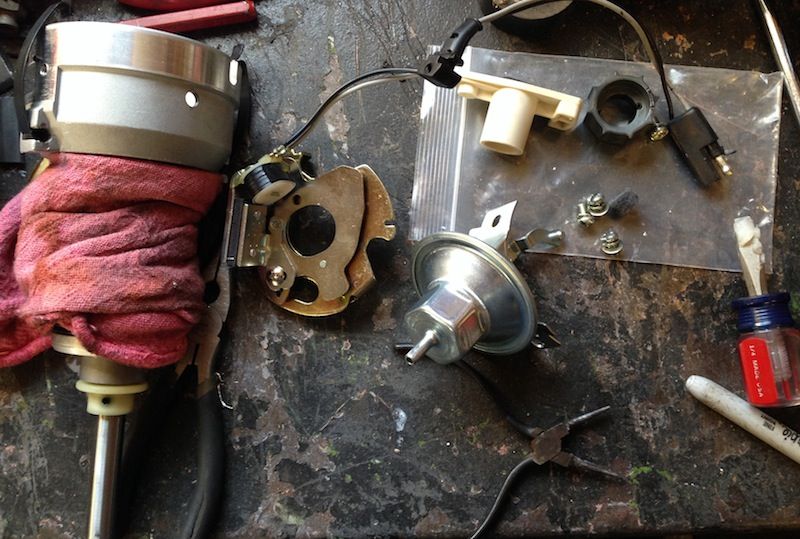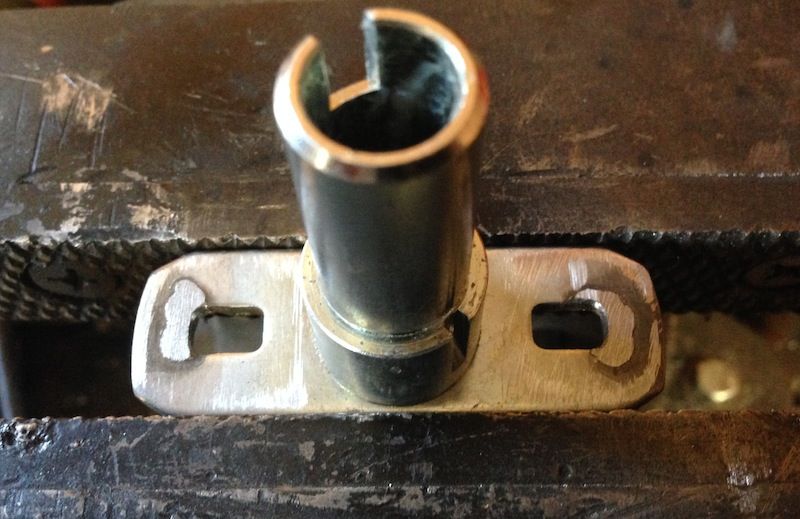Okay, here's the deal. I bought a nice dizzy at the swap meet this past Saturday, and it has a 13* advance plate in it and lighter springs.
NOW, what I want to achieve is somewhere in the neighborhood of 34 maybe 36 all in by 2500 or so.
With that said, do I factor in crank degrees (26) or do I go just by the 13*?
If I went with the 26* I would only be running 8* initial to achieve the 34* total.
OR do I go with the 13* and add to that.
I'm still trying to grasp all of the ins and outs of timing.
I know I need to adjust with the vacuum advance plugged off etc. But after talking with him I'm confused again, it flew just the opposite of what we discuss on here, and what I have always done.
NOW, what I want to achieve is somewhere in the neighborhood of 34 maybe 36 all in by 2500 or so.
With that said, do I factor in crank degrees (26) or do I go just by the 13*?
If I went with the 26* I would only be running 8* initial to achieve the 34* total.
OR do I go with the 13* and add to that.
I'm still trying to grasp all of the ins and outs of timing.
I know I need to adjust with the vacuum advance plugged off etc. But after talking with him I'm confused again, it flew just the opposite of what we discuss on here, and what I have always done.


















